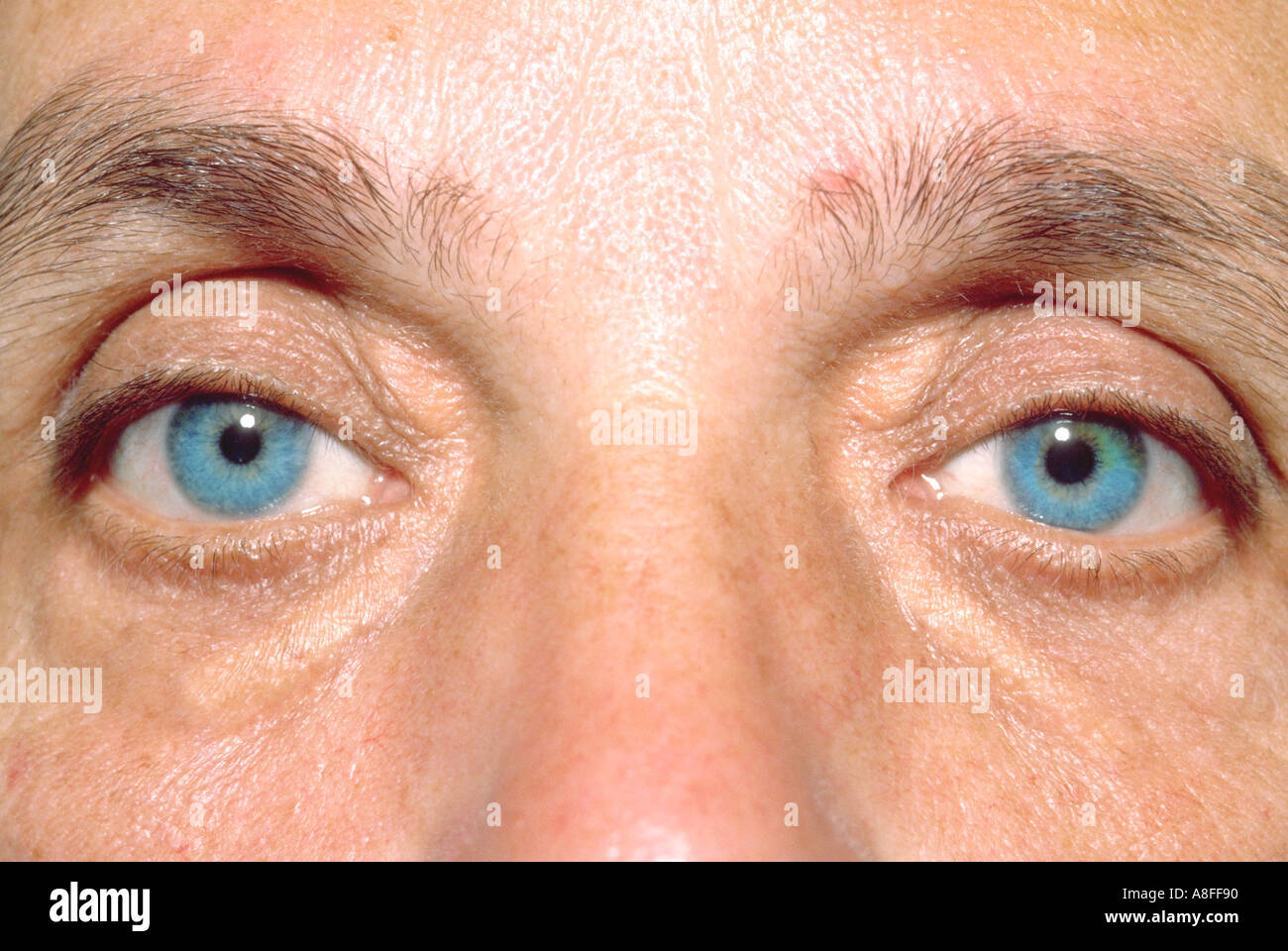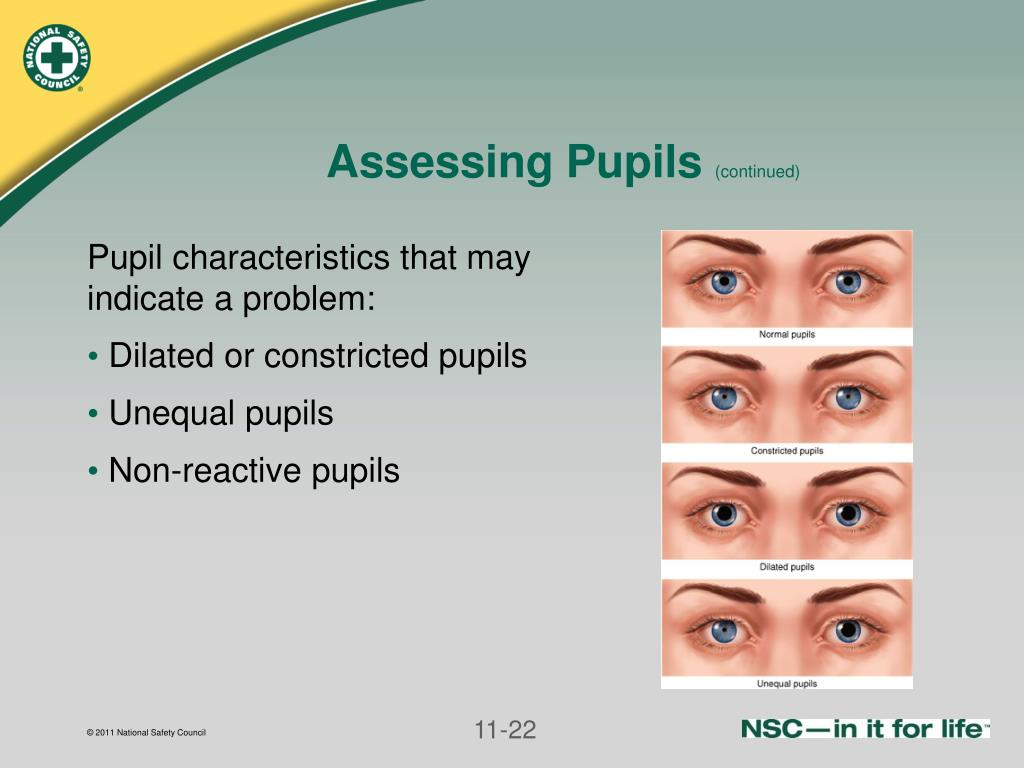

What are the causes of anisocoria in dogs? In some cases, anisocoria can be an indication of an underlying medical condition that needs to be treated. While anisocoria is usually harmless, it is important to have any changes in pupil size evaluated by a veterinarian.

Finally, certain medications and toxins can also cause the pupils to dilate or constrict. Another mechanism is the parasympathetic nervous system, which helps to keep the pupils constricted in low light conditions. The most important of these is the sympathetic nervous system, which controls the dilation and constriction of the pupils in response to light levels. There are several mechanisms that regulate pupil size in dogs. However, it is important to have anisocoria evaluated by a veterinarian, as it can sometimes be an indication of a more serious underlying condition. While it can be caused by several possibilities, in most cases it is benign and does not require treatment. What is anisocoria in dogs and what are the mechanisms that regulate pupil sizes?Īnisocoria, or unequal pupil size, is a common condition in dogs. Causes of a dilated pupil (mydriasis) include glaucoma, iris atrophy, medications and oculomotor lesion (CN III).

Common causes of a smaller pupil (miosis) include Horner's syndrome, uveitis and corneal ulcer. When a dog has anisocoria, your veterinarian will determine which pupil is abnormal, the smaller or larger one. Anisocoria in dogs is the term used to describe a difference in the size of two pupils or uneven pupils.


 0 kommentar(er)
0 kommentar(er)
